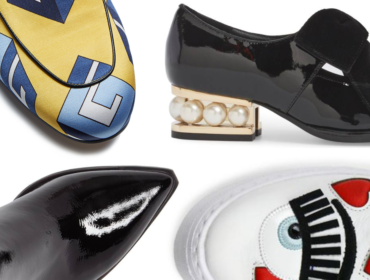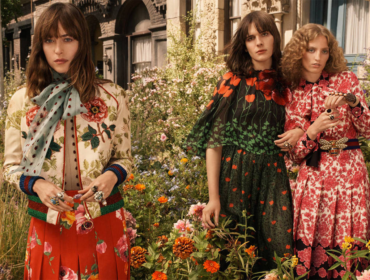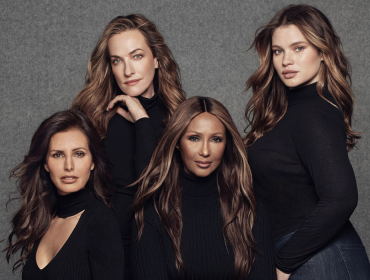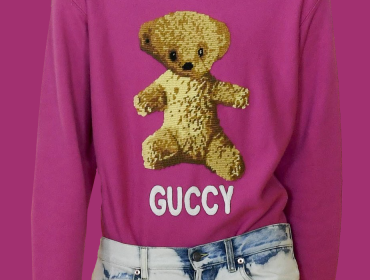Coco Chanel Reigns as the Most Influential Designer of the 20th Century

Photo credit: Google Images
There are so many facets to Gabrielle “Coco” Chanel, who rose from humble beginnings as an orphan in France, eventually transforming herself from a cabaret dancer (where she earned the nickname Coco) to a couturier. The iconic fashion designer — who once owned a millinery shop, became linked to a Nazi officer, and lost favor with her beloved Parisians — closed her couture house for more than a decade. But, the resiliency of the chameleon-like designer led her to reinvent herself and become a highly revered fashion designer.

Model wears Chanel hat in “Les Modes” magazine (1912)
So, what distinguished Chanel from a legion of other highly skilled designers and couturiers of the era? Designers such as Paul Poiret focused on elaborate designs whereas Chanel, with her modernist philosophy, created simple sleek pieces with fine craftsmanship and tailoring. In the 1920s, Chanel simplified the black dress and helped usher in the ubiquitous look into mainstream fashion as a must-have element in every woman’s wardrobe.
Today, we see a cornucopia of little black dresses. Many designers will feature at least one style in their runway show, while others choose to show a variety like Alexander McQueen Fall 2008 or Frida Giannini for Gucci Spring 2010.
Post World War II (WWII) drama ignited an interest in menswear among women, as women joined the workforce and moved away from frilly attire. This shift in dress was often depicted in advertisements and posters that became a cultural icon like the J. Howard Miller “We Can Do It!” poster, which was representative of the strength and empowerment of working women during WWII.

J. Howard Miller We Can Do It! poster (Photo credit: vahistorical.org)
As early as the 1930s women were taking haberdashery to new levels and actresses such as Marlene Dietrich, Greta Garbo, and Katharine Hepburn were at the forefront. During WWII, women took lead roles supporting their families while the men were away. When the men returned from war, women resumed their “feminine” roles, which they did with vigor and the belief that they could now do, be and wear anything.
 Coco Chanel responded to this newfound outlook among women and embraced the look of menswear for women and perfected upon it with the introduction of peacoats and bell bottoms in the 1950s. She would also introduce the iconic Chanel suit, which was popularized by members of Hollywood elite and high society including Audrey Hepburn, Grace Kelly, and Jackie Kennedy. The signature cut of the Chanel suit is instantly recognizable with its boxy silk-lined bouclé jacket and knee-length skirt.
Coco Chanel responded to this newfound outlook among women and embraced the look of menswear for women and perfected upon it with the introduction of peacoats and bell bottoms in the 1950s. She would also introduce the iconic Chanel suit, which was popularized by members of Hollywood elite and high society including Audrey Hepburn, Grace Kelly, and Jackie Kennedy. The signature cut of the Chanel suit is instantly recognizable with its boxy silk-lined bouclé jacket and knee-length skirt.
She also made trousers and fitted blazers a wardrobe staple for women. Designers have carried on the legacy of menswear for women as can be seen in myriad collections from the classic Ralph Lauren to the edgier Dolce & Gabbana. Another designer to pay homage to the brilliant designer is Donna Karan who captures the draping aesthetic Chanel was known for by using wool and cotton jersey for her collections.
Chanel’s influence on fashion is not limited to apparel, it can be seen in accessories as well. Chanel once sartorially advised women to look in the mirror before leaving the house and remove one accessory. Evident from her polished collections, accessories are meant to enhance an ensemble not overwhelm it.

Anne Hathaway wearing Chanel charm necklace in 2006 film “The Devil Wears Prada.”
Multiple strands of long, layered pearls were her trademark and even today we see how this vintage staple can be worn many ways from classy and elegant to edgy and punk. Another inspiration from the legendary designer is the “it” bag. The Chanel 3.5 chain link flap bag (below) is iconic, so much so it is a fixture in the mobile art exhibition “Chanel Contemporary Art Container” created by London architect Zaha Hadid. Today, we see similar chain link bags with leather or faux leather looping through the chain link straps.

(Photo credit: nytimes.com)
Vintage Chanel is costly and hard to find. But, fashion designers and manufacturers inspired by Chanel make it feasible for mainstream shoppers to partake in the obsession at affordable prices from department stores, boutiques, as well as discount chains. Classic Chanel is both elegant and timeless. The longevity of the brand is symbolic of Coco Chanel’s relevance and popularity as a designer and cements her status as one of the most influential fashion designer’s in the 20th century.
(Image of Chanel suit circa 1963-1968 courtesy of metmuseum.org)Chicly Yours,
The Chic Spy





love the pic bigger then big Chanel bag. I have to see this bag one day.. a must 😮
Yes Maria, you are right … thanks for the heads up! The Chic Spy loves a good look out. 😉
I bet you meant the 2006 film … not the 1996 film 😀 Lovely post!